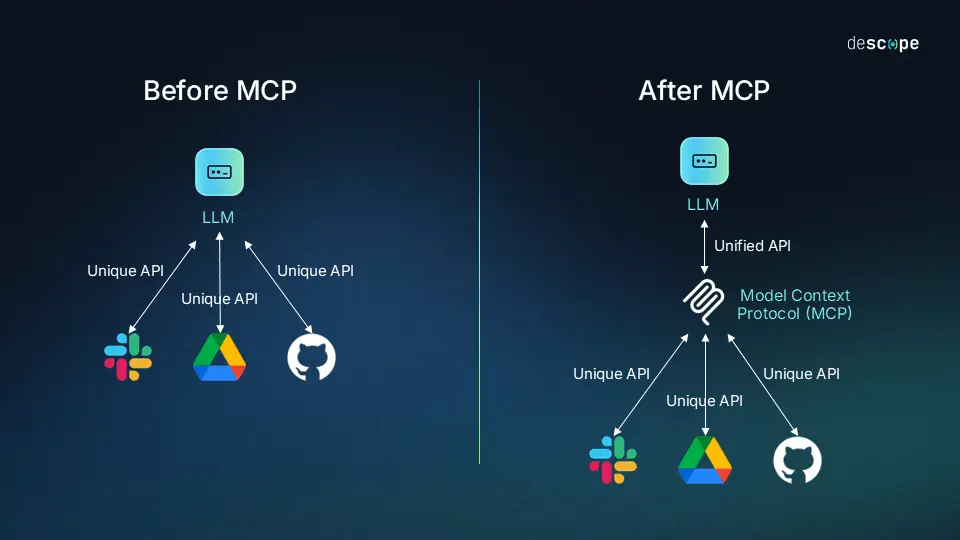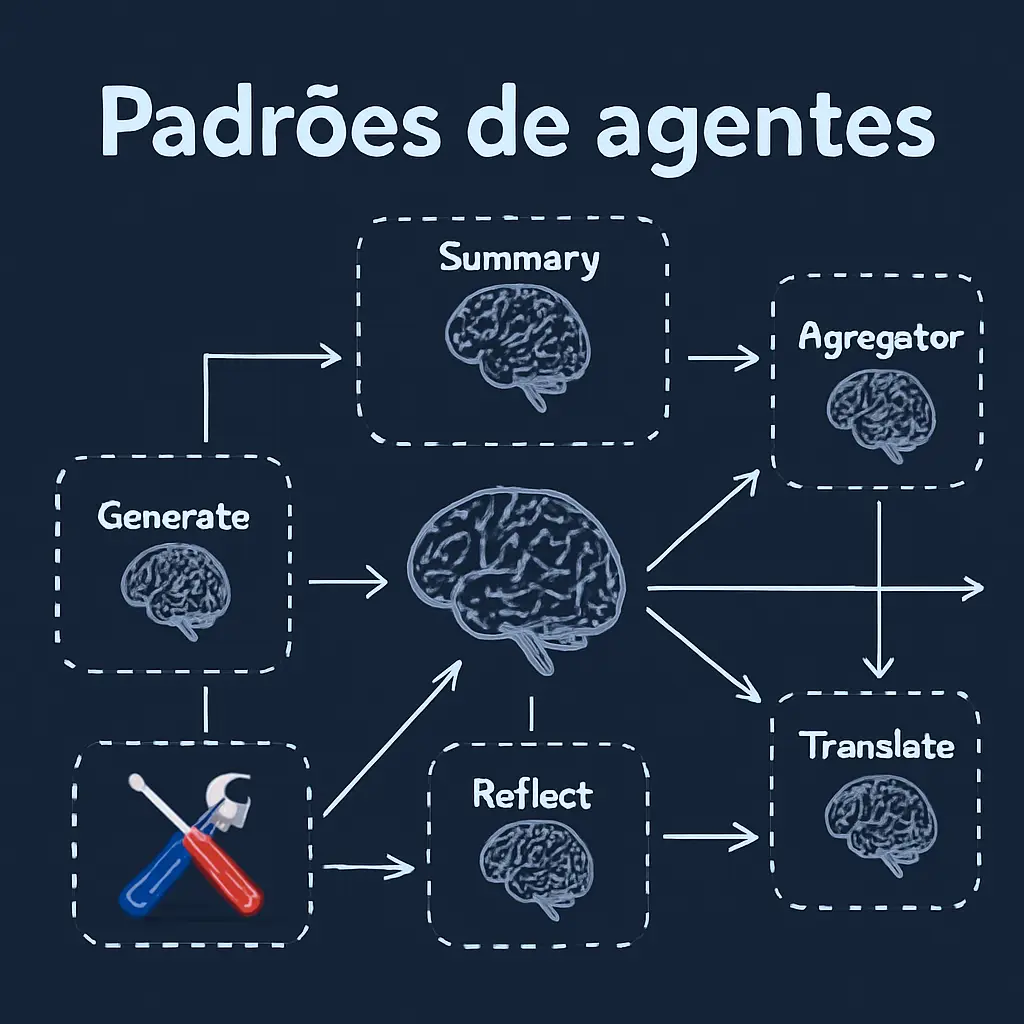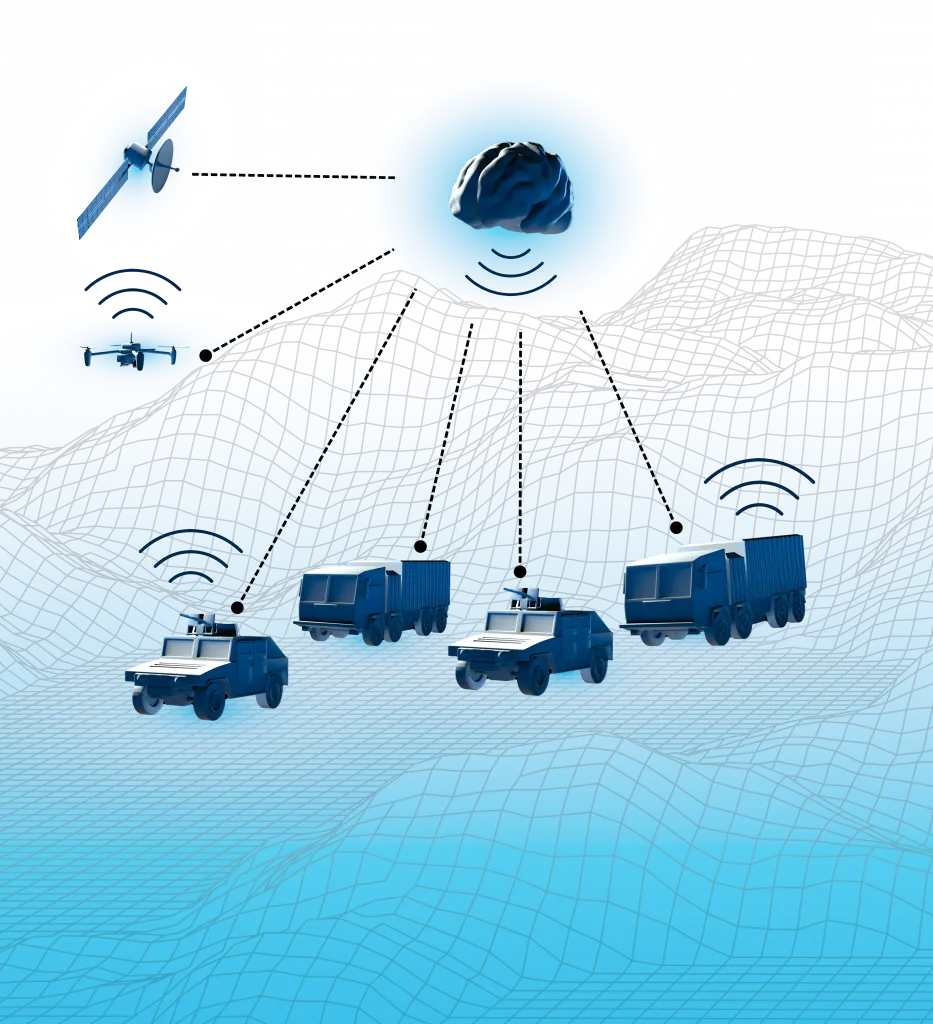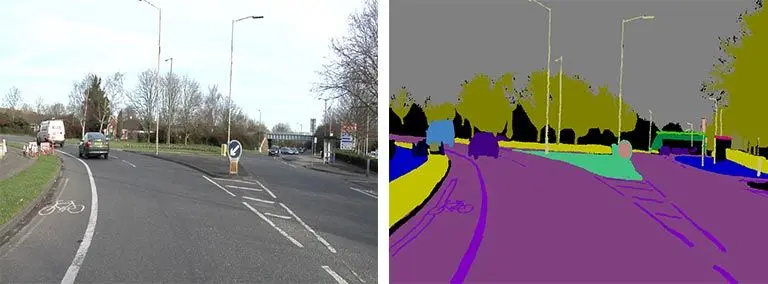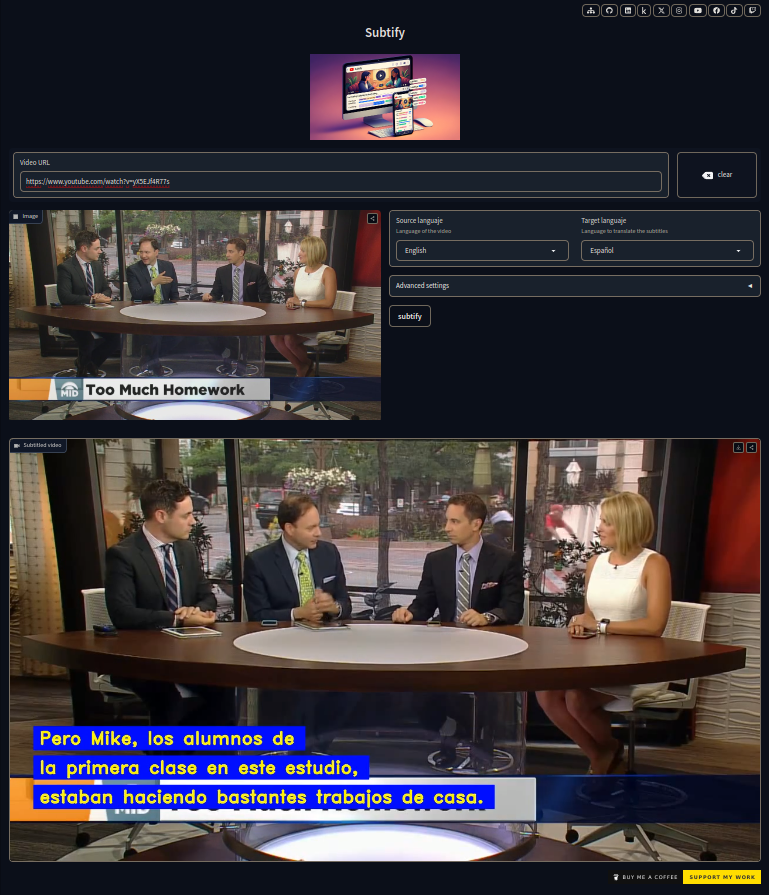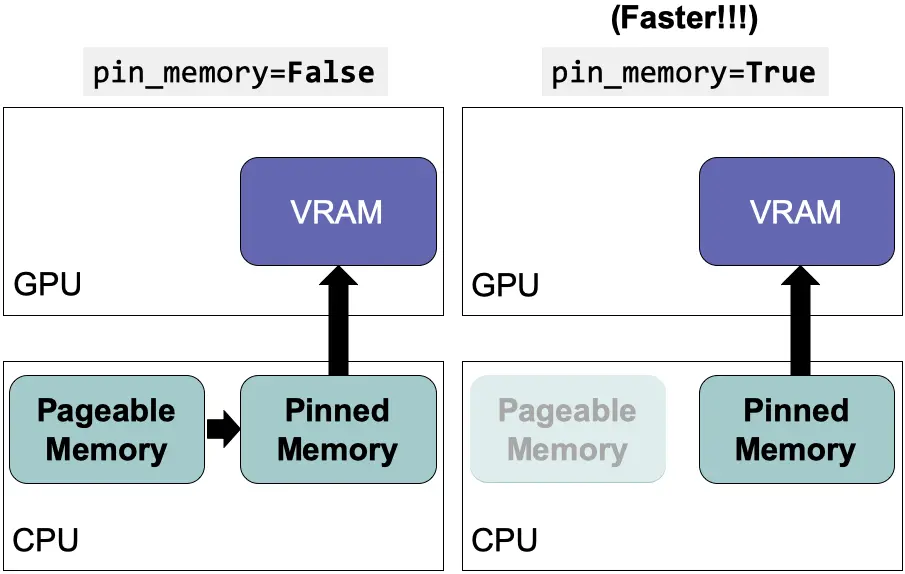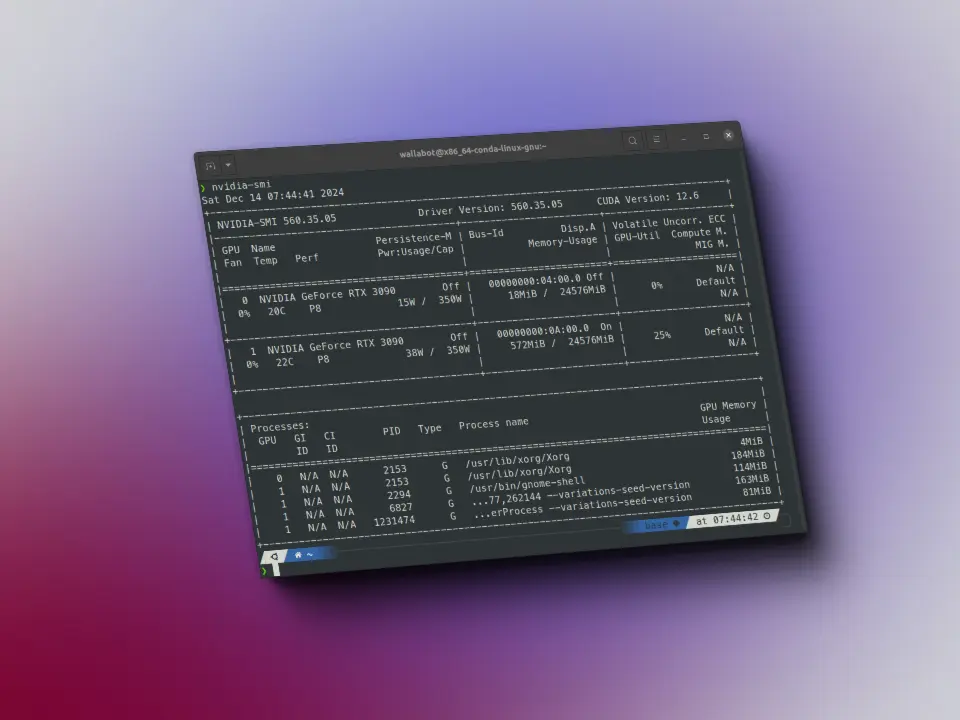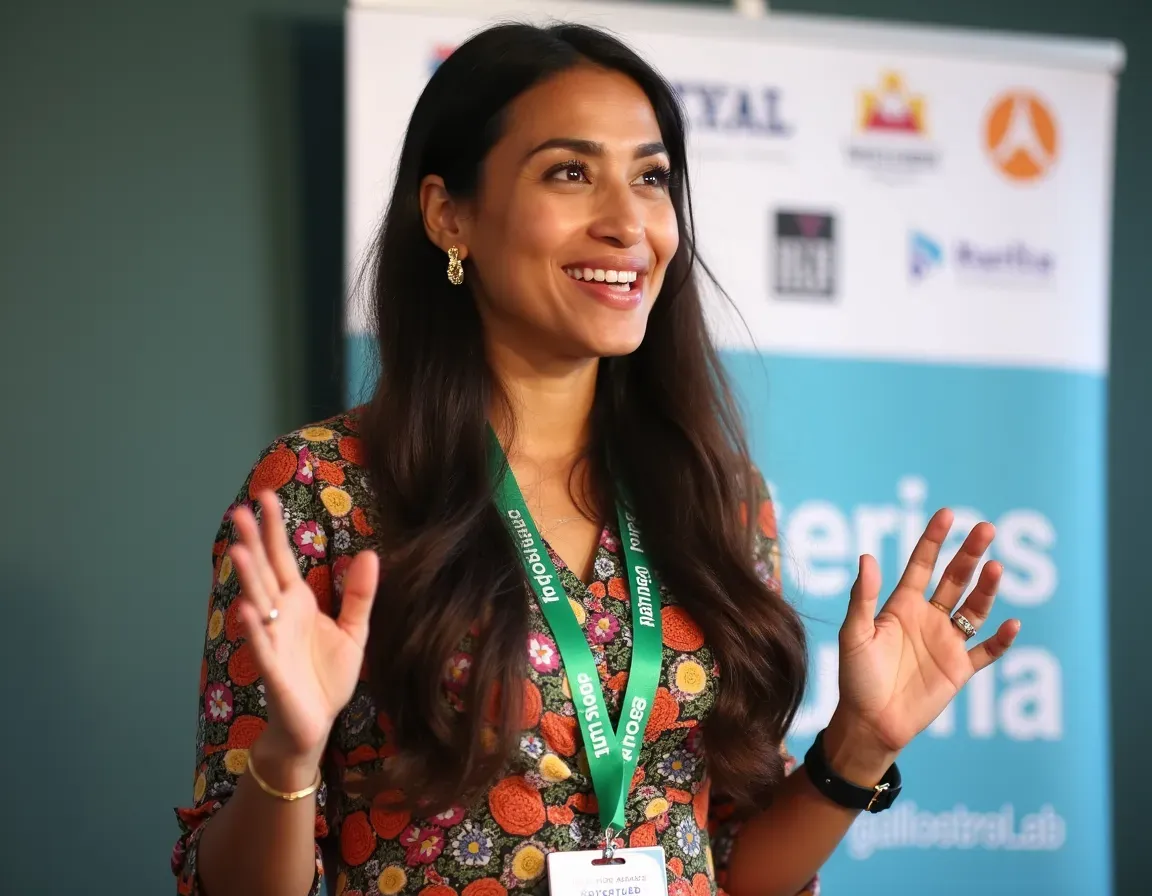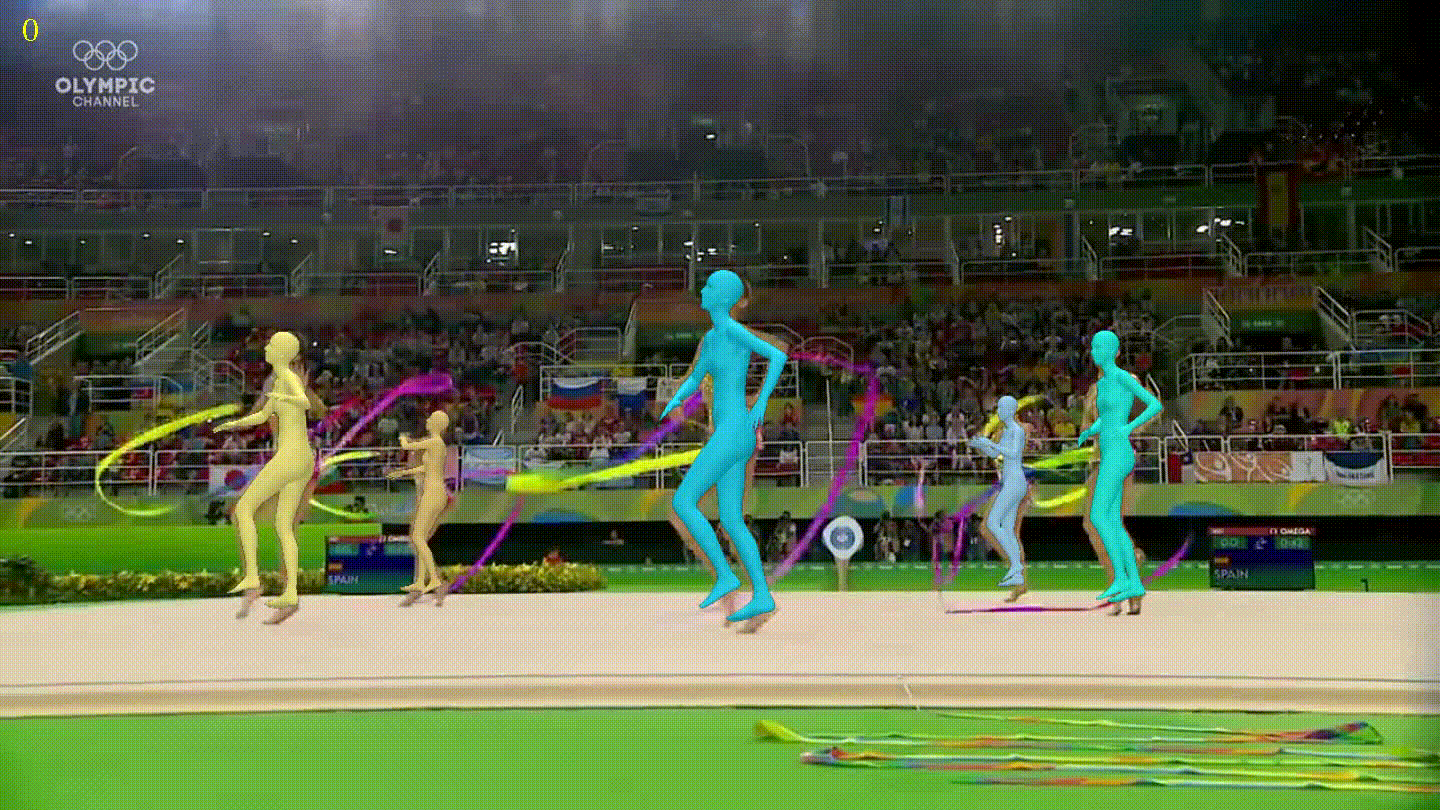Aviso: Este post foi traduzido para o português usando um modelo de tradução automática. Por favor, me avise se encontrar algum erro.
No post Florence-2 já explicamos o modelo Florence-2 e vimos como usá-lo. Então, neste post vamos ver como fazer o fine tuning dele.
Ajuste fino para VQA de documentos
Este fine tuning está baseado no post de Merve Noyan, Andres Marafioti e Piotr Skalski, Fine-tuning Florence-2 - Microsoft's Cutting-edge Vision Language Models, no qual explicam que, embora este método seja muito completo, não permite fazer perguntas sobre documentos, então fazem um reentrenamento com o dataset DocumentVQA
Conjunto de Dados
Em primeiro lugar, baixamos o dataset. Deixo a variável dataset_percentage caso você não queira baixar tudo.
from datasets import load_datasetdataset_percentage = 100data_train = load_dataset("HuggingFaceM4/DocumentVQA", split=f"train[:{dataset_percentage}%]")data_validation = load_dataset("HuggingFaceM4/DocumentVQA", split=f"validation[:{dataset_percentage}%]")data_test = load_dataset("HuggingFaceM4/DocumentVQA", split=f"test[:{dataset_percentage}%]")data_train, data_validation, data_test
(Dataset({features: ['questionId', 'question', 'question_types', 'image', 'docId', 'ucsf_document_id', 'ucsf_document_page_no', 'answers'],num_rows: 39463}),Dataset({features: ['questionId', 'question', 'question_types', 'image', 'docId', 'ucsf_document_id', 'ucsf_document_page_no', 'answers'],num_rows: 5349}),Dataset({features: ['questionId', 'question', 'question_types', 'image', 'docId', 'ucsf_document_id', 'ucsf_document_page_no', 'answers'],num_rows: 5188}))
Fazemos um subset do dataset se você quiser fazer o treinamento mais rápido, no meu caso eu uso 100% dos dados
percentage = 1subset_data_train = data_train.select(range(int(len(data_train) * percentage)))subset_data_validation = data_validation.select(range(int(len(data_validation) * percentage)))subset_data_test = data_test.select(range(int(len(data_test) * percentage)))print(f"train dataset length: {len(subset_data_train)}, validation dataset length: {len(subset_data_validation)}, test dataset length: {len(subset_data_test)}")
train dataset length: 39463, validation dataset length: 5349, test dataset length: 5188
Instanciamos também o modelo
from transformers import AutoModelForCausalLM, AutoProcessorimport torchdevice = torch.device("cuda" if torch.cuda.is_available() else "cpu")checkpoints = 'microsoft/Florence-2-base-ft'model = AutoModelForCausalLM.from_pretrained(checkpoints, trust_remote_code=True).to(device)processor = AutoProcessor.from_pretrained(checkpoints, trust_remote_code=True)
Assim como no post Florence-2 criamos uma função para pedir respostas ao modelo
def create_prompt(task_prompt, text_input=None):if text_input is None:prompt = task_promptelse:prompt = task_prompt + text_inputreturn prompt
def generate_answer(task_prompt, text_input=None, image=None, device="cpu"):# Create promptprompt = create_prompt(task_prompt, text_input)# Ensure the image is in RGB modeif image.mode != "RGB":image = image.convert("RGB")# Get inputsinputs = processor(text=prompt, images=image, return_tensors="pt").to(device)# Get outputsgenerated_ids = model.generate(input_ids=inputs["input_ids"],pixel_values=inputs["pixel_values"],max_new_tokens=1024,early_stopping=False,do_sample=False,num_beams=3,)# Decode the generated IDsgenerated_text = processor.batch_decode(generated_ids, skip_special_tokens=False)[0]# Post-process the generated textparsed_answer = processor.post_process_generation(generated_text,task=task_prompt,image_size=(image.width, image.height))return parsed_answer
Testamos o modelo com 3 documentos do conjunto de dados, com a tarefa DocVQA para ver se obtemos algo.
for idx in range(3):print(generate_answer(task_prompt="<DocVQA>", text_input='What do you see in this image?', image=data_train[idx]['image'], device=model.device))display(data_train[idx]['image'].resize([350, 350]))
{'<DocVQA>': 'docvQA'}
<PIL.Image.Image image mode=L size=350x350>
{'<DocVQA>': 'docvQA'}
<PIL.Image.Image image mode=L size=350x350>
{'<DocVQA>': 'DocVQA>'}
<PIL.Image.Image image mode=L size=350x350>
for idx in range(3):print(generate_answer(task_prompt="DocVQA", text_input='What do you see in this image?', image=data_train[idx]['image'], device=model.device))display(data_train[idx]['image'].resize([350, 350]))
{'DocVQA': 'unanswerable'}
<PIL.Image.Image image mode=L size=350x350>
{'DocVQA': 'unanswerable'}
<PIL.Image.Image image mode=L size=350x350>
{'DocVQA': '499150498'}
<PIL.Image.Image image mode=L size=350x350>
Vemos que as respostas não são boas.
Testamos agora com a tarefa OCR
for idx in range(3):print(generate_answer(task_prompt="<OCR>", image=data_train[idx]['image'], device=model.device))display(data_train[idx]['image'].resize([350, 350]))
{'<OCR>': 'ConfidentialDATE:11/8/18RJT FR APPROVALBUBJECT: Rl gdasPROPOSED RELEASE DATE:for responseFOR RELEASE TO!CONTRACT: P. CARTERROUTE TO!NameIntiifnPeggy CarterAce11/fesMura PayneDavid Fishhel037Tom Gisis Com-Diane BarrowsEd BlackmerTow KuckerReturn to Peggy Carter, PR, 16 Raynolds BuildingLLS. 2015Source: https://www.industrydocuments.ucsf.edu/docs/xnbl0037'}
<PIL.Image.Image image mode=L size=350x350>
{'<OCR>': 'ConfidentialDATE:11/8/18RJT FR APPROVALBUBJECT: Rl gdasPROPOSED RELEASE DATE:for responseFOR RELEASE TO!CONTRACT: P. CARTERROUTE TO!NameIntiifnPeggy CarterAce11/fesMura PayneDavid Fishhel037Tom Gisis Com-Diane BarrowsEd BlackmerTow KuckerReturn to Peggy Carter, PR, 16 Raynolds BuildingLLS. 2015Source: https://www.industrydocuments.ucsf.edu/docs/xnbl0037'}
<PIL.Image.Image image mode=L size=350x350>
{'<OCR>': 'BSABROWN & WILLIAMSON JOBACCO CORPORATIONRESEARCH & DEVELOPMENTINTERNAL CORRESPONDENCETO:R. H. HoneycuttCC:C.J. CookFROM:May 9, 1995SUBJECT: Review of Existing Brainstorming Ideas/43The major function of the Product Innovation Ideas is developed marketable novel productsthat would be profile of the manufacturer and sell. Novel is defined as: a new kind, or differentfrom anything seen in known before, Innovation things as something is available. The products mayintroduced and the most technologies, materials and know, available to give a uniquetaste or tok.The first task of the product innovation was was an easy-view review and then a list ofexisting brainstorming ideas. These were group was used for two major categories that may differapparance and lerato,Ideas are grouped into two major products that may offercategories include a combination print of the above, flowers, and packaged and brand directions.ApparanceThis category is used in a novel cigarette constructions that yield visually different products withminimal changes in smokecigarette.Two cigarettes in one.Multi-plug in your.C-Switch menthol or non non smoking cigarette.E-Switch with ORPORated perforations to enable smoke to separate unburned section forfuture smoking.Tout smoking.Bobace section 30 mm.Novelcigarette constructions and permit a significant reduction in tobacco weight whilemaintaining fast smoking mechanics and visual reduction for tobacco weight.higher basis weight paper, potential reduction for cigarette weight.Easter or in an ebony agent for tobacco, e.g. starch.Colored tow and cigarette papers; seasonal promotions, eg. pastel colored cigarettes forEaster and in an Ebony brand containing a mixture of all black (black paper and tow)and all white cigarettes.499150498Source: https://www.industrydocuments.ucs.edu/docs/mxj0037'}
<PIL.Image.Image image mode=L size=350x350>
Obtemos o texto dos documentos, mas não do que tratam os documentos.
Por último, provamos com as tarefas CAPTION
for idx in range(3):print(generate_answer(task_prompt="<CAPTION>", image=data_train[idx]['image'], device=model.device))print(generate_answer(task_prompt="<DETAILED_CAPTION>", image=data_train[idx]['image'], device=model.device))print(generate_answer(task_prompt="<MORE_DETAILED_CAPTION>", image=data_train[idx]['image'], device=model.device))display(data_train[idx]['image'].resize([350, 350]))
{'<CAPTION>': 'A certificate is stamped with the date of 18/18.'}{'<DETAILED_CAPTION>': 'In this image we can see a paper with some text on it.'}{'<MORE_DETAILED_CAPTION>': 'A letter is written in black ink on a white paper. The letters are written in a cursive language. The letter is addressed to peggy carter. '}
<PIL.Image.Image image mode=L size=350x350>
{'<CAPTION>': 'A certificate is stamped with the date of 18/18.'}{'<DETAILED_CAPTION>': 'In this image we can see a paper with some text on it.'}{'<MORE_DETAILED_CAPTION>': 'A letter is written in black ink on a white paper. The letters are written in a cursive language. The letter is addressed to peggy carter. '}
<PIL.Image.Image image mode=L size=350x350>
{'<CAPTION>': "a paper that says 'brown & williamson tobacco corporation research & development' on it"}{'<DETAILED_CAPTION>': 'In this image we can see a paper with some text on it.'}{'<MORE_DETAILED_CAPTION>': 'The image is a page from a book titled "Brown & Williamson Jobacco Corporation Research & Development". The page is white and has black text. The title of the page is "R. H. Honeycutt" at the top. There is a logo of the company BSA in the top right corner. A paragraph is written in black text below the title.'}
<PIL.Image.Image image mode=L size=350x350>
Vamos realizar o ajuste fino (fine tuning) então. Aqui está a tradução:
Também não aceitamos essas respostas, então vamos fazer o fine tuning.
Ajuste fino
Primeiro criamos um dataset do Pytorch
from torch.utils.data import Datasetclass DocVQADataset(Dataset):def __init__(self, data):self.data = datadef __len__(self):return len(self.data)def __getitem__(self, idx):example = self.data[idx]question = "<DocVQA>" + example['question']first_answer = example['answers'][0]image = example['image']if image.mode != "RGB":image = image.convert("RGB")return question, first_answer, image
train_dataset = DocVQADataset(subset_data_train)val_dataset = DocVQADataset(subset_data_validation)
Vamos a vê-lo
train_dataset[0]
('<DocVQA>what is the date mentioned in this letter?','1/8/93',<PIL.Image.Image image mode=RGB size=1695x2025>)
data_train[0]
{'questionId': 337,'question': 'what is the date mentioned in this letter?','question_types': ['handwritten', 'form'],'image': <PIL.PngImagePlugin.PngImageFile image mode=L size=1695x2025>,'docId': 279,'ucsf_document_id': 'xnbl0037','ucsf_document_page_no': '1','answers': ['1/8/93']}
Criamos um DataLoader
import osfrom torch.utils.data import DataLoaderfrom tqdm import tqdmfrom transformers import (AdamW, AutoProcessor, get_scheduler)def collate_fn(batch):questions, answers, images = zip(*batch)inputs = processor(text=list(questions), images=list(images), return_tensors="pt", padding=True).to(device)return inputs, answers# Create DataLoaderbatch_size = 8num_workers = 0train_loader = DataLoader(train_dataset, batch_size=batch_size, collate_fn=collate_fn, num_workers=num_workers, shuffle=True)val_loader = DataLoader(val_dataset, batch_size=batch_size, collate_fn=collate_fn, num_workers=num_workers)
Vamos a ver um exemplo
sample = next(iter(train_loader))
sample
({'input_ids': tensor([[ 0, 41552, 42291, 846, 1864, 250, 15698, 12375, 16, 5,3383, 9, 331, 9, 2042, 116, 2, 1, 1, 1,1, 1, 1],[ 0, 41552, 42291, 846, 1864, 250, 15698, 2264, 16, 5,11968, 196, 205, 22922, 346, 17487, 2, 1, 1, 1,1, 1, 1],[ 0, 41552, 42291, 846, 1864, 250, 15698, 2264, 16, 5,1229, 13, 403, 690, 116, 2, 1, 1, 1, 1,1, 1, 1],[ 0, 41552, 42291, 846, 1864, 250, 15698, 2264, 16, 5,5480, 1280, 116, 2, 1, 1, 1, 1, 1, 1,1, 1, 1],[ 0, 41552, 42291, 846, 1864, 250, 15698, 12196, 16, 5,1842, 346, 13, 20, 4680, 41828, 42237, 8, 30147, 17487,2, 1, 1],[ 0, 41552, 42291, 846, 1864, 250, 15698, 560, 61, 675,473, 42, 1013, 266, 9943, 7, 116, 2, 1, 1,1, 1, 1],[ 0, 41552, 42291, 846, 1864, 250, 15698, 12196, 16, 5,1280, 9, 39432, 642, 6228, 2394, 2801, 11, 5, 576,266, 17487, 2],[ 0, 41552, 42291, 846, 1864, 250, 15698, 2264, 16, 1982,11, 5, 6655, 2325, 23, 5, 299, 235, 9, 5,3780, 116, 2]]), 'attention_mask': tensor([[1, 1, 1, 1, 1, 1, 1, 1, 1, 1, 1, 1, 1, 1, 1, 1, 1, 0, 0, 0, 0, 0, 0],[1, 1, 1, 1, 1, 1, 1, 1, 1, 1, 1, 1, 1, 1, 1, 1, 1, 0, 0, 0, 0, 0, 0],...'97.00','123','1 January 1979 - 31 December 1979','$2,720.14','GPI'))
A amostra bruta é muita informação, então vamos ver o comprimento da amostra
len(sample)
2
Obtemos uma comprimento de 2 porque temos a entrada do modelo e a resposta
sample_inputs = sample[0]sample_answers = sample[1]
Vemos a entrada
sample_inputs
{'input_ids': tensor([[ 0, 41552, 42291, 846, 1864, 250, 15698, 12375, 16, 5,3383, 9, 331, 9, 2042, 116, 2, 1, 1, 1,1, 1, 1],[ 0, 41552, 42291, 846, 1864, 250, 15698, 2264, 16, 5,11968, 196, 205, 22922, 346, 17487, 2, 1, 1, 1,1, 1, 1],[ 0, 41552, 42291, 846, 1864, 250, 15698, 2264, 16, 5,1229, 13, 403, 690, 116, 2, 1, 1, 1, 1,1, 1, 1],[ 0, 41552, 42291, 846, 1864, 250, 15698, 2264, 16, 5,5480, 1280, 116, 2, 1, 1, 1, 1, 1, 1,1, 1, 1],[ 0, 41552, 42291, 846, 1864, 250, 15698, 12196, 16, 5,1842, 346, 13, 20, 4680, 41828, 42237, 8, 30147, 17487,2, 1, 1],[ 0, 41552, 42291, 846, 1864, 250, 15698, 560, 61, 675,473, 42, 1013, 266, 9943, 7, 116, 2, 1, 1,1, 1, 1],[ 0, 41552, 42291, 846, 1864, 250, 15698, 12196, 16, 5,1280, 9, 39432, 642, 6228, 2394, 2801, 11, 5, 576,266, 17487, 2],[ 0, 41552, 42291, 846, 1864, 250, 15698, 2264, 16, 1982,11, 5, 6655, 2325, 23, 5, 299, 235, 9, 5,3780, 116, 2]]), 'attention_mask': tensor([[1, 1, 1, 1, 1, 1, 1, 1, 1, 1, 1, 1, 1, 1, 1, 1, 1, 0, 0, 0, 0, 0, 0],[1, 1, 1, 1, 1, 1, 1, 1, 1, 1, 1, 1, 1, 1, 1, 1, 1, 0, 0, 0, 0, 0, 0],...[ 2.6400, 2.6400, 2.6400, ..., 1.3502, 0.7925, 1.3502],[ 2.6400, 2.6400, 2.6400, ..., 0.9319, 1.4025, 0.8448],[ 2.6400, 2.6400, 2.6400, ..., 1.0365, 1.2282, 0.8099]]]])}
A entrada em bruto também tem muita informação, então vamos ver as keys
sample_inputs.keys()
dict_keys(['input_ids', 'attention_mask', 'pixel_values'])
Como podemos ver, temos os input_ids e os attention_mask, que correspondem ao texto de entrada, e os pixel_values, que correspondem à imagem. Vamos ver a dimensão de cada um.
sample_inputs['input_ids'].shape, sample_inputs['attention_mask'].shape, sample_inputs['pixel_values'].shape
(torch.Size([8, 23]), torch.Size([8, 23]), torch.Size([8, 3, 768, 768]))
Em todos há 8 elementos, porque ao criar o dataloader colocamos um batch size de 8. Nos input_ids e attention_mask cada elemento tem 28 tokens e nos pixel_values cada elemento tem 3 canais, 768 pixels de altura e 768 pixels de largura
Vamos agora ver as respostas
sample_answers
('JAMES A. RHODES','1-800-992-3284','$50,000','97.00','123','1 January 1979 - 31 December 1979','$2,720.14','GPI')
Obtivemos 8 respostas, pelo mesmo motivo de antes, pois ao criar o dataloader definimos um batch size de 8
len(sample_answers)
8
Criamos uma função para fazer o fine tuning
def train_model(train_loader, val_loader, model, processor, epochs=10, lr=1e-6):optimizer = AdamW(model.parameters(), lr=lr)num_training_steps = epochs * len(train_loader)lr_scheduler = get_scheduler(name="linear",optimizer=optimizer,num_warmup_steps=0,num_training_steps=num_training_steps,)for epoch in range(epochs):# Training phaseprint(f" Training Epoch {epoch + 1}/{epochs}")model.train()train_loss = 0i = -1for batch in tqdm(train_loader, desc=f"Training Epoch {epoch + 1}/{epochs}"):i += 1inputs, answers = batchinput_ids = inputs["input_ids"]pixel_values = inputs["pixel_values"]labels = processor.tokenizer(text=answers, return_tensors="pt", padding=True, return_token_type_ids=False).input_ids.to(device)outputs = model(input_ids=input_ids, pixel_values=pixel_values, labels=labels)loss = outputs.lossloss.backward()optimizer.step()lr_scheduler.step()optimizer.zero_grad()train_loss += loss.item()avg_train_loss = train_loss / len(train_loader)print(f"Average Training Loss: {avg_train_loss}")# Validation phasemodel.eval()val_loss = 0with torch.no_grad():for batch in tqdm(val_loader, desc=f"Validation Epoch {epoch + 1}/{epochs}"):inputs, answers = batchinput_ids = inputs["input_ids"]pixel_values = inputs["pixel_values"]labels = processor.tokenizer(text=answers, return_tensors="pt", padding=True, return_token_type_ids=False).input_ids.to(device)outputs = model(input_ids=input_ids, pixel_values=pixel_values, labels=labels)loss = outputs.lossval_loss += loss.item()avg_val_loss = val_loss / len(val_loader)print(f"Average Validation Loss: {avg_val_loss}")
Treinamos
train_model(train_loader, val_loader, model, processor, epochs=3, lr=1e-6)
Training Epoch 1/3
Training Epoch 1/3: 100%|██████████| 4933/4933 [2:45:28<00:00, 2.01s/it]
Average Training Loss: 1.153514638062836
Validation Epoch 1/3: 100%|██████████| 669/669 [13:52<00:00, 1.24s/it]
Average Validation Loss: 0.7698153616646124Training Epoch 2/3
Training Epoch 2/3: 100%|██████████| 4933/4933 [2:42:51<00:00, 1.98s/it]
Average Training Loss: 0.6530420315007687
Validation Epoch 2/3: 100%|██████████| 669/669 [13:48<00:00, 1.24s/it]
Average Validation Loss: 0.725301219375946Training Epoch 3/3
Training Epoch 3/3: 100%|██████████| 4933/4933 [2:42:52<00:00, 1.98s/it]
Average Training Loss: 0.5878197003753292
Validation Epoch 3/3: 100%|██████████| 669/669 [13:45<00:00, 1.23s/it]
Average Validation Loss: 0.716769086751079
Testar o modelo fine tuned
Testamos agora o modelo em alguns documentos do conjunto de teste
for idx in range(3):print(generate_answer(task_prompt="<DocVQA>", text_input='What do you see in this image?', image=data_test[idx]['image'], device=model.device))display(data_test[idx]['image'].resize([350, 350]))
{'<DocVQA>': 'CAGR 19%'}
<PIL.Image.Image image mode=L size=350x350>
{'<DocVQA>': 'memorandum'}
<PIL.Image.Image image mode=L size=350x350>
{'<DocVQA>': '14000'}
<PIL.Image.Image image mode=L size=350x350>
Vemos que nos dá informação
Vamos agora a voltar a testar sobre o conjunto de teste, para comparar com o que saía antes de treinar
for idx in range(3):print(generate_answer(task_prompt="<DocVQA>", text_input='What do you see in this image?', image=data_train[idx]['image'], device=model.device))display(data_train[idx]['image'].resize([350, 350]))
{'<DocVQA>': 'Confidential'}
<PIL.Image.Image image mode=L size=350x350>
{'<DocVQA>': 'Confidential'}
<PIL.Image.Image image mode=L size=350x350>
{'<DocVQA>': 'Brown & Williamson Tobacco Corporation Research & Development'}
<PIL.Image.Image image mode=L size=350x350>
Não dá muito bons resultados, mas só treinamos por 3 epochs. Embora pudesse melhorar treinando mais, o que se pode ver é que quando antes usávamos a tag de tarefa <DocVQA> não obtínhamos resposta, mas agora sim.

